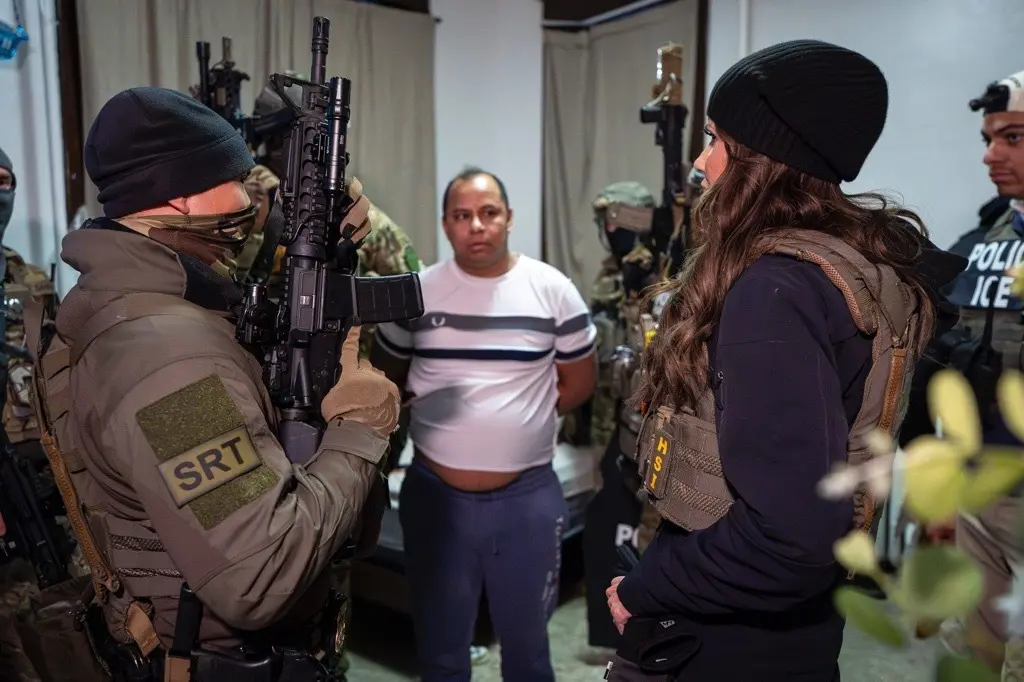The number of human bird flu cases in California jumped to 13, the Centers for Disease and Control and Prevention (CDC) confirmed on Oct. 18.
All of those sickened with the virus in the state were farm workers who had been exposed to bird flu-infected dairy cows, the CDC reported.





